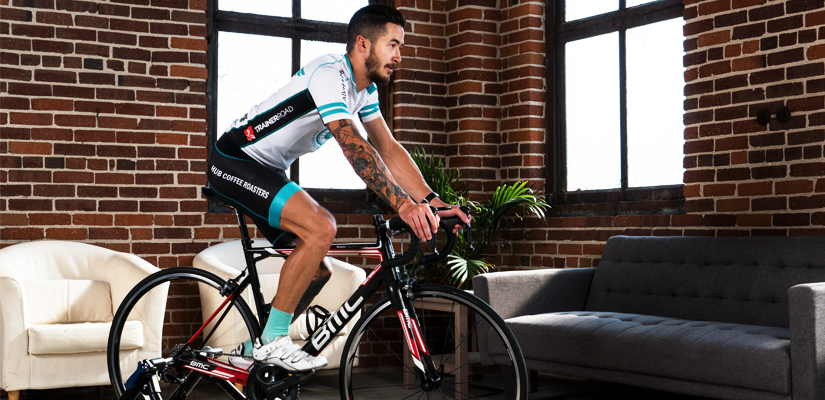Should You Quit Your Workout or Just Dig Deep?

Every situation is different, but there are a few rules you can abide by to determine whether you should quit your cycling workout or put your head down and suffer through it.
How Often Are You Training?
If you’re following a low-volume plan…
Harden up. You’re training just a few times a week and if you consistently bail on workouts, you’re not going to get any stronger.
If you’re following a mid-volume plan…
Are your endurance and recovery rides getting in the way of your intensity rides? Don’t let them. It’s better to trim down your additional rides rather than sacrifice a quality workout. At the end of the day, they’re the most important if your goal is to get faster and improve on the bike.
If you’re following a high-volume plan…
You need to evaluate your training as soon as you notice any plateau or decrease in performance. We all have bad days but bailing on workouts or missing workout objectives for more than a few days implies there could be an underlying problem. Consistently bailing on workouts on a high-volume plan almost always implies that you’re training too hard and need to increase the amount of rest you’re getting or enhance the quality of your rest.
If you’re a multi-sport athlete — like a triathlete — you can also look to how much you’re training in another discipline.
It’s likely your run or swim training is interfering with your time on the bike. This is one of the main reasons I recommend following a properly structured triathlon training plan, as they help prevent athletes from training too much in one discipline and not enough in another.
VO2 max and FTP Also Play a Role Here
If you’re a seasoned athlete who regularly feels the need to skip or modify your workouts, there’s one more thing to keep in mind. VO2 max and threshold workouts are going to require more output from your body than a newer athlete because you’re already reaching more of your potential VO2 max output.
For example: If your FTP is 300w and you’re doing VO2 max repeats at 120%, you’re working at 360w. If your FTP improves to 320w your new VO2 max repeats are now 384w. The difference between 360w and 384w is pretty enormous when we’re talking about 2-3 minute repeats several times throughout a workout.
So: Bail or Buckle Down?
While each case is different, it’s much easier to decide whether to continue a workout if you’re on a structured training plan. When you’re on the right plan training at the right difficulty, you’re less likely to need to bail on a workout. And if the time comes that you do, you’ll know it’s a unique occurrence and not because of your training too much.
So how do you know if your plan is pushing you at the most appropriate intensity for you? Power is one way. TrainerRoad training plans include workouts that are exclusively structured according to power — the most objective and effective way to measure your effort on the bike. This allows each workout to be scaled to your personal fitness level. No more getting into workouts that seem way too difficult or way too easy.
Listen to Experts Discuss Topics Like These and More on the Ask a Cycling Coach Podcast
Every week, the cycling authorities at TrainerRoad gather for a roundtable discussion and answer questions from cyclists around the world on the Ask a Cycling Coach podcast. Listen to the Episode 53 to hear more.
If you have a question that you’d like to ask Coach Chad, submit your question here. We’ll do our best to answer it on the next episode of the Ask a Cycling Coach podcast.